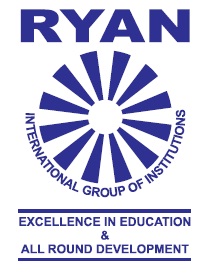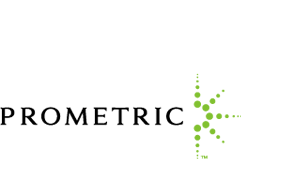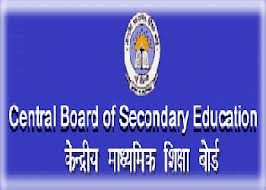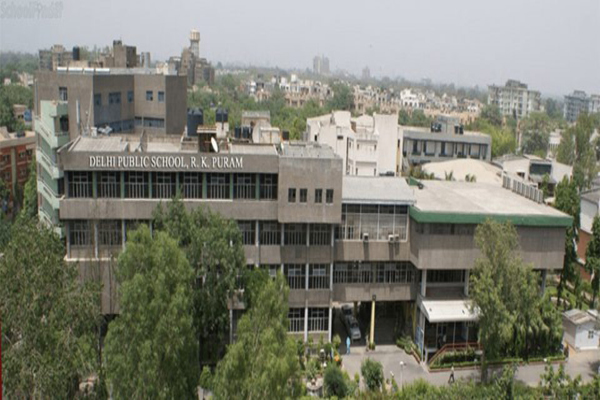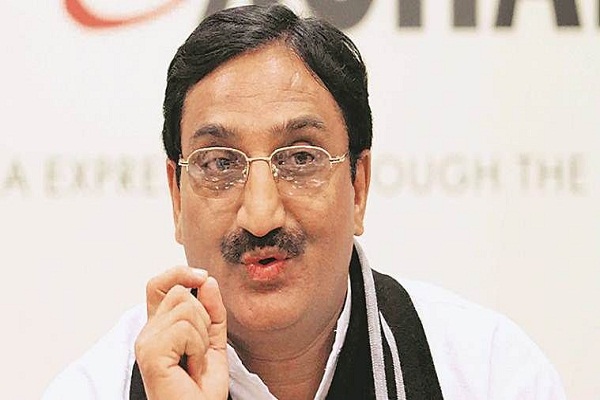 Ajay Sharma, Managing Director, Shri Ram New Horizons, believes that quality education should not be dependent on the amount of fees one can pay. In conversation with Sheena Joseph
Ajay Sharma, Managing Director, Shri Ram New Horizons, believes that quality education should not be dependent on the amount of fees one can pay. In conversation with Sheena Joseph
Please elaborate on the education initiatives of Shri Ram New Horizons.
Shri Ram New Horizons started its operations in 2002 with a vision to cover all the aspects of a learner’s life including preschools, K-12 schools, higher education, vocational training, post-qualification training, coaching for admission into higher education, and getting students placed. Ever since we changed our name from New Horizons India to Shri Ram New Horizons, we moved into the formal education space. We specialise in curriculum, pedagogy, culture, systems, processes, teachers’ training and books.
For the past three years, we have been setting up schools under two brands: Shri Ram Global School for all the metros, and Shri Ram Centenary School for all the other cities. We have 13 projects running as of now. In about five years from now, we expect to have about one lakh students in our schools.
We are also going to launch schools and pre-schools very shortly. As we continue to build our premium schools at the rate of one school every two months, we will now be looking at having schools with a reasonable fee structure and the same quality and culture. India requires education to become a superpower and the government and private sector companies must come forward to make a contribution. We are trying to contribute in our own way. We will be shortly diversifying outside India also. We had proposals from Thailand, Middle East, and Africa. We plan to have at least 4-5 schools outside India before the end of this year.
Will the schools be international or associated with the CBSE?
One of these will be a CBSE school because of its high demand in the country. If need be, we will also do a state board; and lastly, we will create a few high quality world schools following
the ICSE or IB curriculum and affiliated to the UK or USA. These schools will have a global mix of faculty and students.
What challenges are you facing in setting up schools and what opportunities do you see?
There are two kinds of schools in this country: unaided and aided. In unaided schools, there is no dependence on the gov-ernment. In India, we have about 14 lakh schools and only
80,000 of them are unaided. So, if education has to be subsidised under the RTE or other provisions, the government should take some policy measures and make these subsidised schools self-sufficient instead of subsidy-dependent. For example, Delhi has an acute shortage of colleges and there is a demand for two lakh seats in higher education against the 25,000 seats we have. There are about 1,000 schools in Delhi that get free by one in the afternoon. But the government’s regulation says that if you are running a school, you cannot run an engineering college in the evening. One simple and small regulation by the government can provide Delhi and India thousands of colleges.
Secondly, those who can afford must provide the weaker sections of the society with at least health and education. Current trend says that education should be so low-cost that people should not have to think twice. In India, providing low-cost education means bringing the standards down. Quality education should not be dependent on the amount of fees you can pay. You can compromise with the facilities, like swimming and horse riding, but quality in education is a must.
The regulatory framework must concentrate on infrastructure and promote a lot of private sector participation. The government has made good moves in the education sector, but some reforms are still on the way. The Sarv Shiksha Abhiyan is a great initiative in which teachers from across the country are given training. The government is committed to privatising Kendriya Vidyalayas and promoting model schools in each district. A few more reforms have been proposed. We are going slowly, but in the next 2-3 years, the private sector will definitely stand up and deliver and we will also have a university in the top 100.
What do you think is the contribution of the private sector in the education space?
Private participation has always been there in education. It is the consolidation and corporatisation of education that is happening now. And it will be a big move forward in improving the minimum deliverables of quality in education. A number of large industrial houses and corporate bodies are continuously entering either the K-12 or the higher education sector. India needs about 1,300 universities and we have only 300. Of these 300, about 150 have come up in the last 3-4 years. On the medical front, India produces about 30,000 doctors a year and we need at least 300,000 doctors every year. So even if we have a hundred times more medical colleges in the country, we would still be meeting only the average.
Is it difficult to find human resources to man the school? Do you attain the qualification level that is required to dispense quality education?
You have to have trained teachers at different levels of education. I also believe that technology is missing in our teacher training courses, whereas on the other hand, children have become tech-geeks. There are a decent number of people available with the minimum educational qualification but they do not possess the skills to be a great teacher. Our teacher
training and placement programmes help a person becomes a good teacher and this allows us to consistently provide high quality education.
Please tell us about technology integration in today’s schools.
Technology can only put digital content and educational aids for students to understand better. But these cannot help you score extra marks in boards. So there is a missing link between a child’s quest for knowledge and his quest for scoring the highest marks in a competitive exam. In other countries, employers see how best they can use a person’s talent. Whereas,
in India, employers look for people who can deliver. We are going on a single route of securing our economic dependence through our degrees.
I think from a level of zero, at least 8-9 percent of Indian schools and almost 22 percent of Indian colleges are now equipped with technological tools and we need to go further on this route and also create an evaluation system which values the knowledge of a child.
We welcome technology if it can get you marks. But if it is against marks, it is equivalent to a decoration fees with all the digital content, white boards and computers.
In rural areas, there is no Internet and purchasing power to buy diesel or petrol for a generator to run a school. The job of the government is that when it provides funds for infrastructure, it should also give priority do to the infrastructure that enables a school to deliver quality education to a child.
What are your concluding remarks on the education sector in India?
One thing common between the rich and the poor is that they want to give the best possible education to their kids. I wish India produces a billion-dollar private sector corporations
engaged in education that help her become an exporter of quality education across the world, particularly when there is a shortage of people in countries like America and Europe who refuse to be teachers.



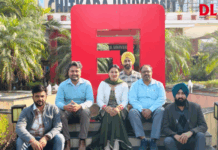



 With more and more institutions turning to automation to ease processes, the education vertical has emerged as a big opportunity for n ERP solution providers. Venguswamy Ramaswamy, Global Head, TCS iON in conversation with Pragya Gupta, shares the value proposition that TCS brings to educational institutions in the form of iON and its strategy to position the solution in this highly competitive area
With more and more institutions turning to automation to ease processes, the education vertical has emerged as a big opportunity for n ERP solution providers. Venguswamy Ramaswamy, Global Head, TCS iON in conversation with Pragya Gupta, shares the value proposition that TCS brings to educational institutions in the form of iON and its strategy to position the solution in this highly competitive area
 Madhya Pradesh, a tourist hub, or more famously a state of prehistoric paintings, temples and historic forts, is now emerging as a state full of opportunities for education. The state has been identified with a potential to fulfil the future requirements of the knowledge workers. The state enjoys robust educational infrastructure with 222 engineering colleges, 218 management institutes along with hospitality, agribusiness and law institutes. The state also boasts of institutes of repute such as the Indian Institute of Technology (IIT) and the Indian Institute of Management (IIM).
Madhya Pradesh, a tourist hub, or more famously a state of prehistoric paintings, temples and historic forts, is now emerging as a state full of opportunities for education. The state has been identified with a potential to fulfil the future requirements of the knowledge workers. The state enjoys robust educational infrastructure with 222 engineering colleges, 218 management institutes along with hospitality, agribusiness and law institutes. The state also boasts of institutes of repute such as the Indian Institute of Technology (IIT) and the Indian Institute of Management (IIM).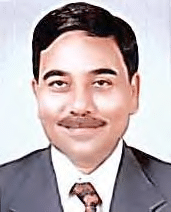

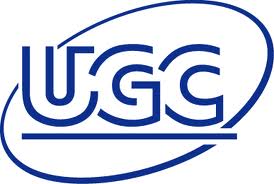
 Only five of 53 private universities inspected recently by the University Grants Commission (UGC) had been found to be in order.
Only five of 53 private universities inspected recently by the University Grants Commission (UGC) had been found to be in order.